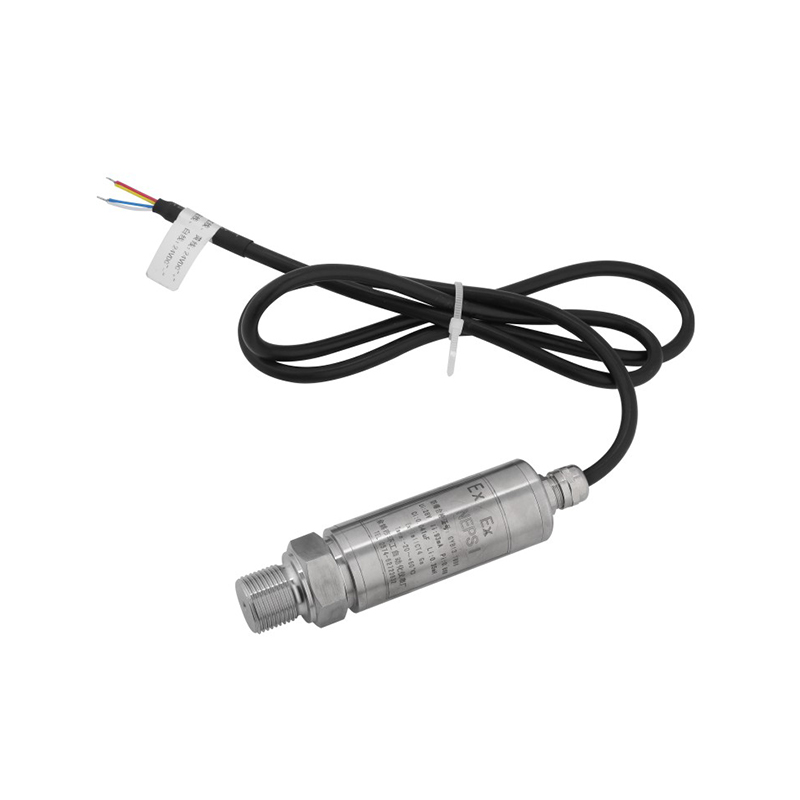Safety features incorporated into liquid level transmitters can vary based on the specific design and manufacturer. However, some common safety features include:
Overpressure Protection: Overpressure protection is a critical safety measure in liquid level transmitters, particularly in industries where unexpected pressure spikes can occur. This feature often involves the integration of advanced pressure relief mechanisms, such as pressure relief valves or rupture discs. These components are strategically positioned to rapidly release excess pressure, preventing damage to the transmitter and mitigating potential safety hazards within the system.
Fail-Safe Modes: Fail-safe modes represent a sophisticated aspect of liquid level transmitters, ensuring continuous and safe operation even in the face of malfunctions or power interruptions. In a fail-safe configuration, the transmitter is designed to autonomously revert to a predefined safe state. This could include setting the output to a predetermined value, activating alarms, or initiating protective measures. The fail-safe design is a crucial element in applications where uninterrupted and reliable performance is paramount.
Explosion-Proof Enclosures: For applications in hazardous environments containing explosive gases or vapors, liquid level transmitters are equipped with explosion-proof enclosures. These enclosures are meticulously engineered to withstand internal explosions, preventing the release of hazardous substances into the surrounding area. This feature is indispensable for ensuring the safety of personnel and equipment operating in potentially explosive atmospheres.
Redundancy: Redundancy in liquid level transmitters involves a comprehensive approach to system reliability. This can encompass duplicated critical components, backup power systems, or the integration of multiple sensors. In the event of a component failure, the redundant system seamlessly takes over, minimizing the risk of disruptions in critical processes. This advanced safety measure is particularly crucial in industries where system failures could have severe consequences.
Diagnostic Alerts: The diagnostic capabilities of modern liquid level transmitters represent a proactive safety feature. These diagnostics continuously monitor the health of the transmitter, providing real-time alerts for potential issues such as sensor drift, calibration discrepancies, or abnormal behavior. By facilitating predictive maintenance, diagnostic alerts contribute to the overall reliability of the system and prevent unexpected failures.
Electrical Isolation: Electrical isolation is a fundamental safety consideration, especially in liquid level transmitters exposed to conductive fluids. This feature ensures a clear separation between the electronic components of the transmitter and the process fluid. By mitigating the risk of electrical hazards, electrical isolation enhances the overall safety of the system and protects against potential damage due to fluid conductivity.
Ingress Protection (IP) Ratings: Ingress Protection (IP) ratings are a comprehensive standard used to quantify the resistance of liquid level transmitters to environmental factors. These ratings, such as IP67 or IP68, specify the level of protection against dust and water ingress. A higher IP rating indicates a more robust design, assuring users that the transmitter can withstand harsh environmental conditions and maintain reliable performance over an extended period.
Temperature Compensation: Temperature compensation is a meticulous feature designed to ensure the accuracy of liquid level measurements in the face of temperature variations. This involves sophisticated algorithms and sensors that dynamically adjust the transmitter's output based on changes in temperature. By accounting for temperature effects on both the process fluid and internal components, temperature compensation guarantees precise and reliable level readings in diverse operating conditions.
PB8400 intrinsically safe explosion-proof type

